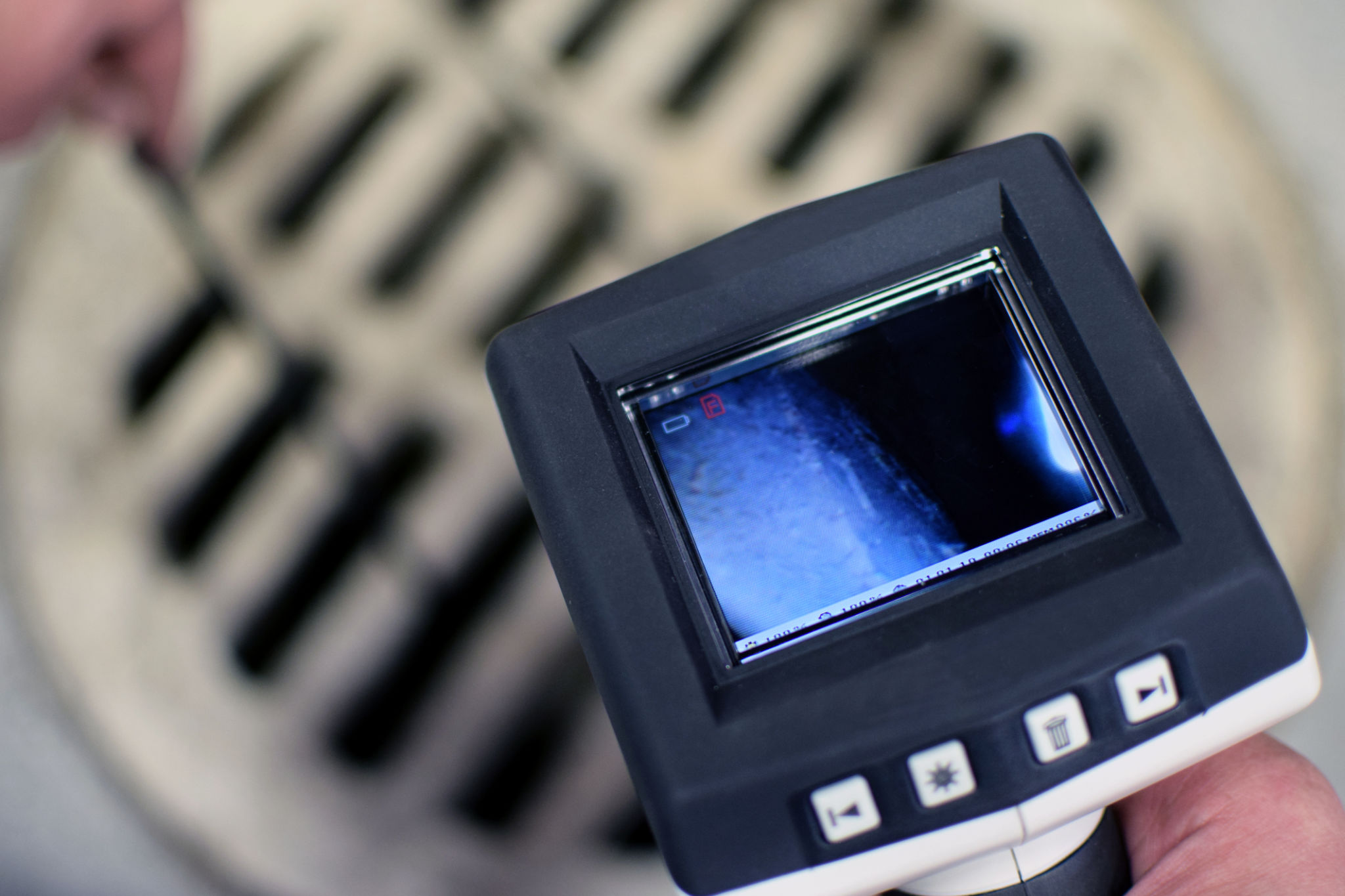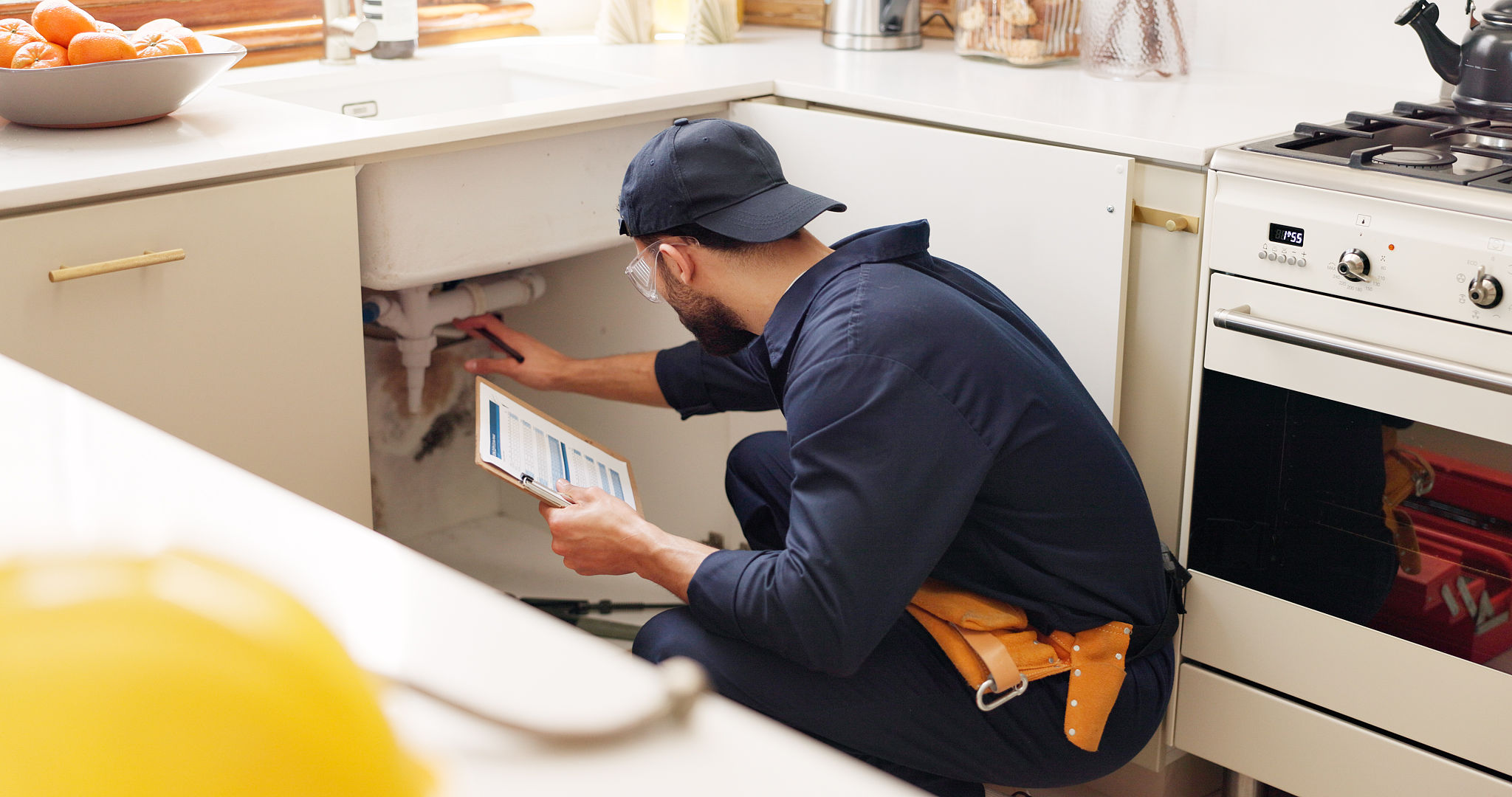Understanding the Sewer Inspection Process: What to Expect
Introduction to Sewer Inspection
Dealing with plumbing issues can be daunting, especially when it involves the sewer system. Understanding the sewer inspection process is crucial for homeowners and property managers to ensure a healthy and efficient plumbing system. This guide will walk you through what to expect during a sewer inspection, helping you prepare for any necessary maintenance or repairs.

Why Sewer Inspections Are Important
The sewer system plays a vital role in maintaining the hygiene and functionality of your property. Regular sewer inspections help in identifying potential problems before they escalate into costly repairs. Problems like blockages, leaks, and tree root intrusions can compromise your sewer line, leading to significant water damage and sanitation concerns.
By scheduling regular inspections, you can ensure that your sewer system remains in optimal condition. This proactive approach not only saves money but also extends the life of your plumbing infrastructure.
Common Issues Detected During Inspections
During a sewer inspection, professionals typically look for several common issues. These include:
- Blockages: Caused by debris buildup, grease, or foreign objects.
- Leaks: Often due to cracked or deteriorating pipes.
- Tree Root Intrusions: Roots infiltrating the pipes, causing blockages or breaks.
- Corrosion: Metal pipes can corrode over time, leading to leaks.

The Sewer Inspection Process
The sewer inspection process is straightforward and non-invasive, often involving advanced technology like CCTV cameras. Here's a step-by-step overview of what you can expect:
- Initial Assessment: The inspector will start with a visual assessment of the accessible areas of your plumbing system.
- CCTV Camera Insertion: A small, waterproof camera is inserted into the sewer line, providing real-time footage for the inspector to analyze.
- Data Analysis: The video footage is reviewed to identify any issues within the pipes.
- Report Generation: A detailed report is created, outlining any problems detected and suggesting necessary repairs or maintenance actions.
Preparing for a Sewer Inspection
Before a sewer inspection, there are a few steps you can take to ensure the process goes smoothly. Clear access points around your property, such as manholes or cleanouts, and inform the inspector of any past plumbing issues. Ensuring access to water sources can also assist the inspection process.

After the Inspection: Next Steps
Once the inspection is complete, it's time to address any identified issues. The inspector will provide a detailed report with recommendations. Depending on the severity of the problems, you may need to schedule repairs or replacements.
In some cases, minor blockages can be resolved with hydro jetting, while more severe issues might require pipe relining or replacement. It's important to act on these recommendations promptly to prevent further damage.
Maintaining a Healthy Sewer System
Regular maintenance is key to preventing future sewer problems. Here are some tips to keep your sewer system in top condition:
- Avoid flushing non-biodegradable items down the toilet.
- Be mindful of what goes down your drains; avoid pouring grease or oil.
- Schedule regular professional inspections and cleanings.
By understanding and participating in the sewer inspection process, you can ensure your plumbing system remains efficient and reliable for years to come.
